1. Introduction to Smart Home Technology


Smart home technology refers to a network of devices, appliances, and systems that are connected to a central hub or the internet, allowing homeowners to control and automate various functions within their homes. From lighting and security to entertainment and energy management, smart home technology has revolutionized modern living.
Brief history and evolution of smart home technology
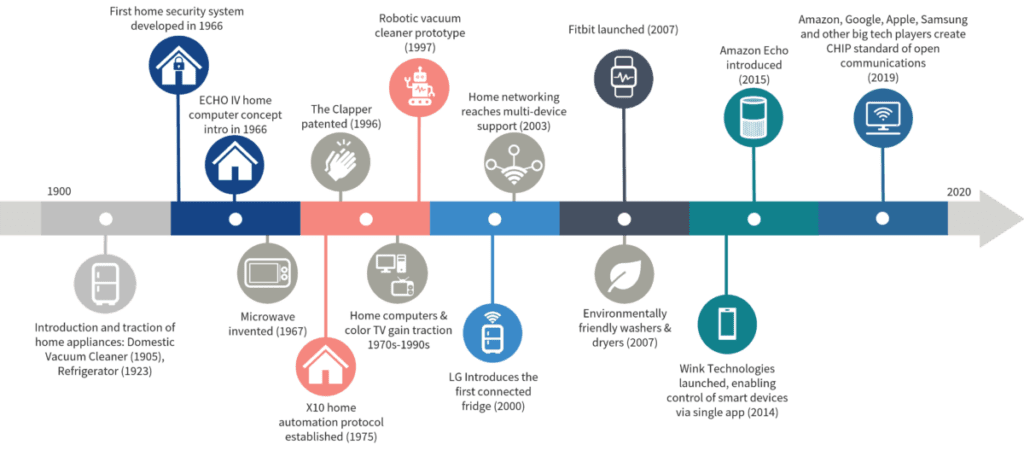

Importance and benefits of adopting smart home technology
Adopting smart home technology offers numerous benefits, including enhanced convenience, energy efficiency, improved security, and greater control over home environments. With the market for smart home devices growing rapidly, staying informed about current trends is crucial for homeowners looking to upgrade their living spaces.
The concept of smart homes has evolved significantly over the past few decades. Early forms of home automation can be traced back to the 1970s, but it wasn’t until the advent of the Internet of Things (IoT) that smart home technology truly began to flourish.
Current Trends and Statistics in the Smart Home Market


The demand for smart home products keeps skyrocketing. Voice-controlled assistants have become quite common these days; likewise incorporating AI along with machine learning has turned out beneficial across many platforms; meanwhile enhancing your house through interconnected intelligent systems continues expanding rapidly! According to recent statistics, the global smart home market is projected to reach over $150 billion by 2025.
2. The Core Components of a Smart Home
Smart home technology encompasses a wide range of devices and systems. Below are the core components that make up a smart home:


Smart Home Hubs :Smart home hubs are central devices that connect and control various smart devices within the home. Popular options include Amazon Echo, Google Nest Hub, and Apple HomePod. Each hub offers unique features, compatibility with different devices, and user-friendly interfaces.
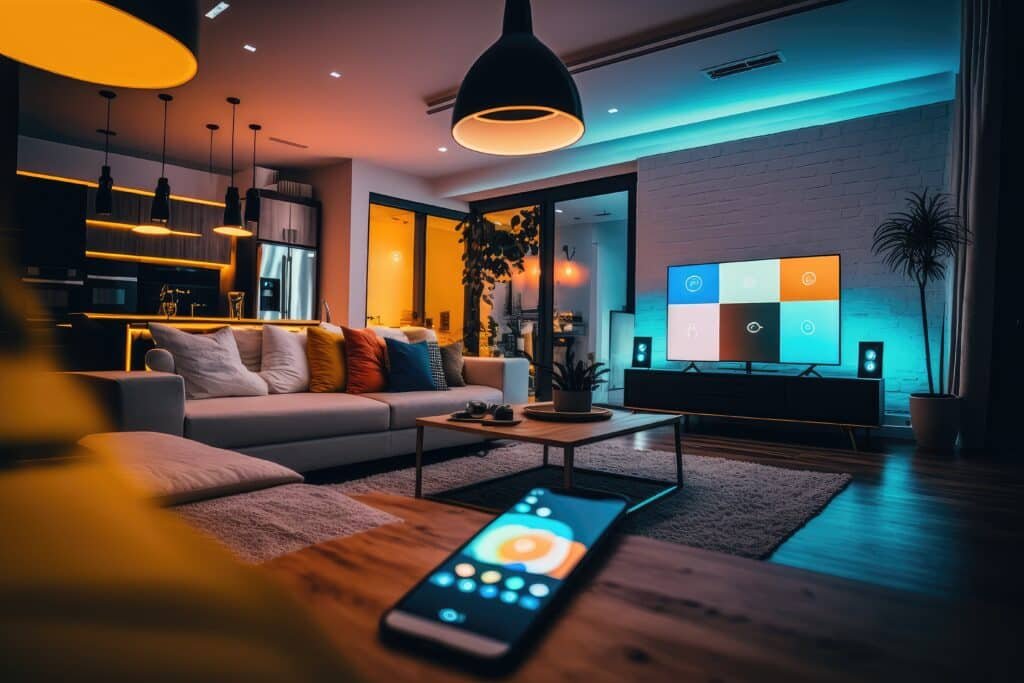

Smart Lighting Systems: Smart lighting includes smart bulbs, switches, and plugs. Leading brands like Philips Hue, LIFX, and TP-Link offer energy-efficient solutions with customizable lighting options.


Smart Entertainment Systems: Smart TVs, streaming devices (Roku, Apple TV, Amazon Fire Stick), smart speakers, and sound systems (Sony, Bose, JBL) enhance home entertainment. These systems support voice control and multi-room audio features.
Smart Home Automation Systems: Automation platforms like IFTTT and Samsung SmartThings allow users to create routines and scenes, ensuring interoperability between different brands and devices.
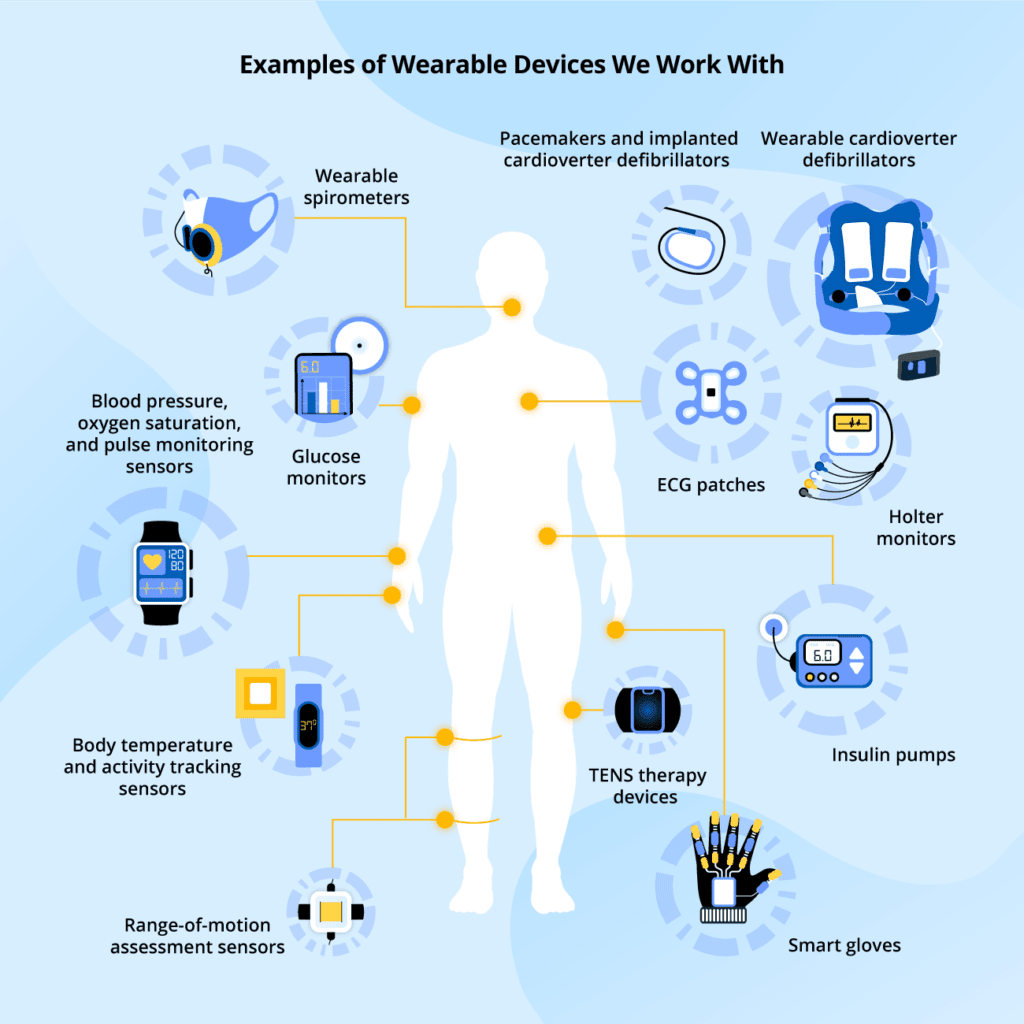

Smart Home Health and Wellness Devices: Devices such as smart air purifiers, humidifiers, fitness equipment (Peloton, Mirror), and health monitoring tools (smart blood pressure monitors, thermometers) contribute to a healthier home environment.


Smart Thermostats: Energy-saving thermostats like Nest, Ecobee, and Honeywell offer remote control and automation features, helping to manage heating and cooling efficiently.


Smart Security Systems: Home security cameras (Ring, Arlo, Nest), smart locks, and doorbells (August, Schlage, Yale) provide robust security solutions, integrating with other smart devices and monitoring services.


Smart Appliances: Smart kitchen appliances (refrigerators, ovens, coffee makers) and laundry appliances (smart washers and dryers) integrate seamlessly with smart home systems for added convenience.


Smart Home Energy Management: Smart plugs, power strips, and energy monitoring systems (Sense, Neurio) help track and manage energy consumption, promoting sustainability. Solar panels and smart inverters also play a significant role in energy management within a smart home.


Smart Voice Assistants: Voice assistants like Amazon Alexa, Google Assistant, and Apple Siri integrate with various smart home devices, offering unique features and capabilities while also raising privacy considerations.
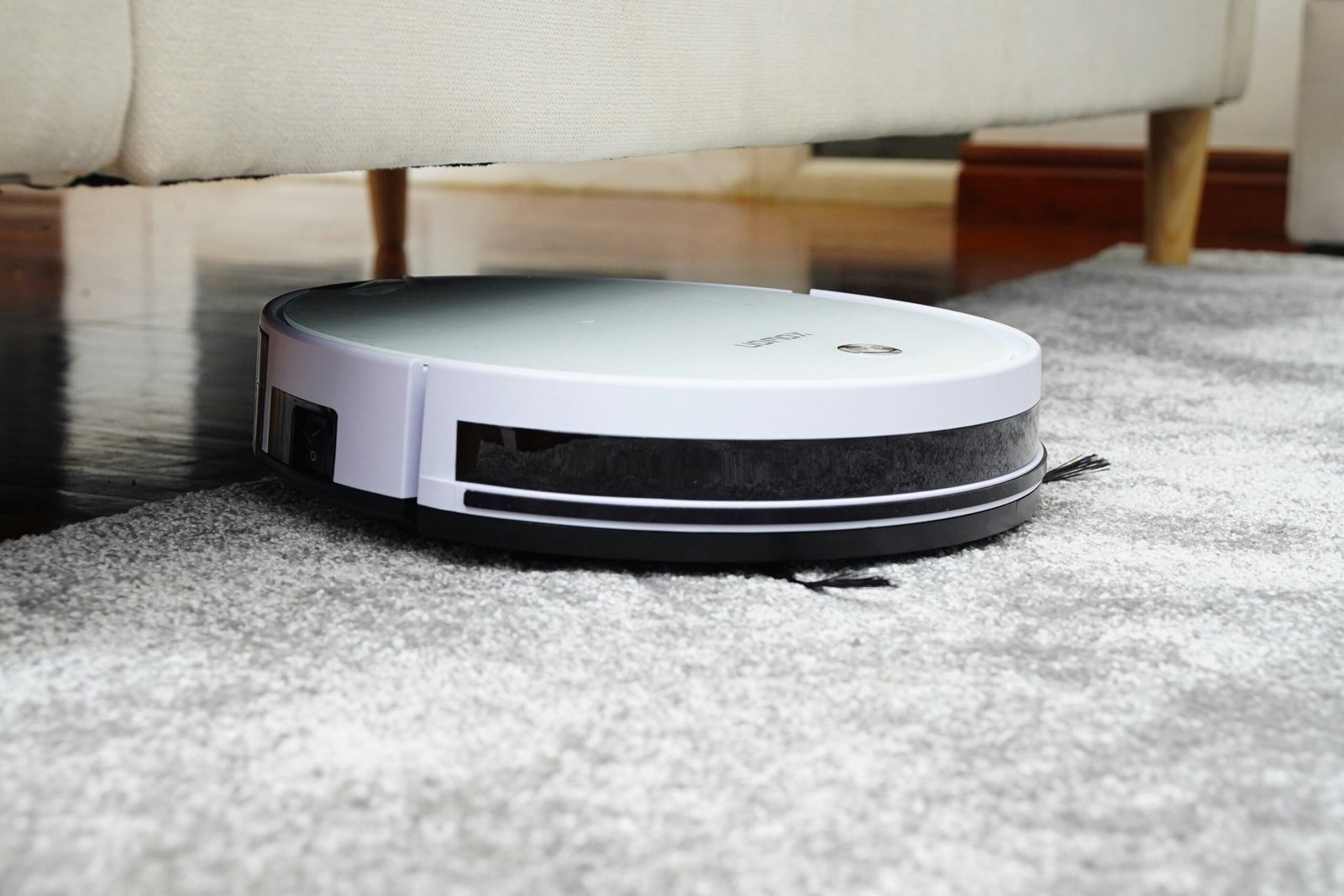

Smart Tools: Smart tools such as robotic vacuum cleaners and smart lawn mowers automate household chores and maintenance, making daily life easier.
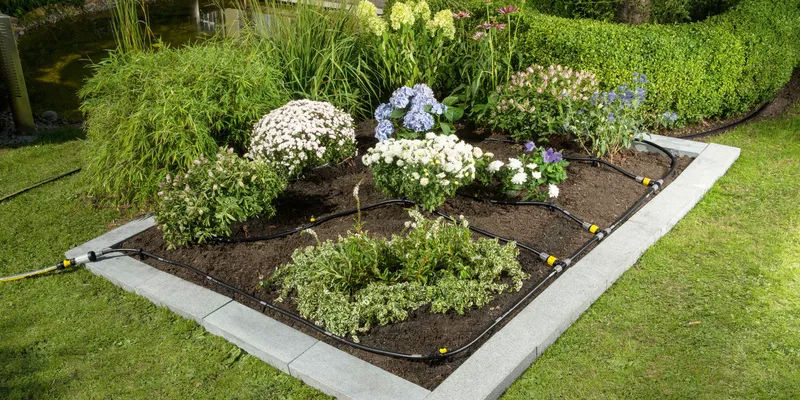

Smart Garden: Devices like Rachio and Gardena automate watering and garden maintenance, ensuring optimal plant care.


Smart Pet Care: Smart pet feeders and cameras allow pet owners to monitor and care for their pets remotely, ensuring their well-being.
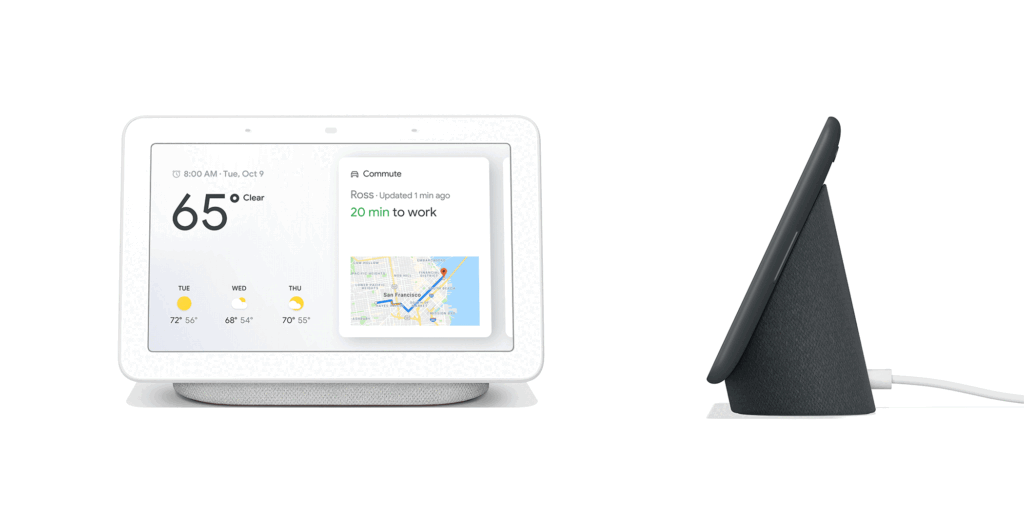

Central Control Units and Hubs: Central control units and hubs play a crucial role in managing and integrating all smart home devices into a cohesive system.
3. Integration and Interoperability
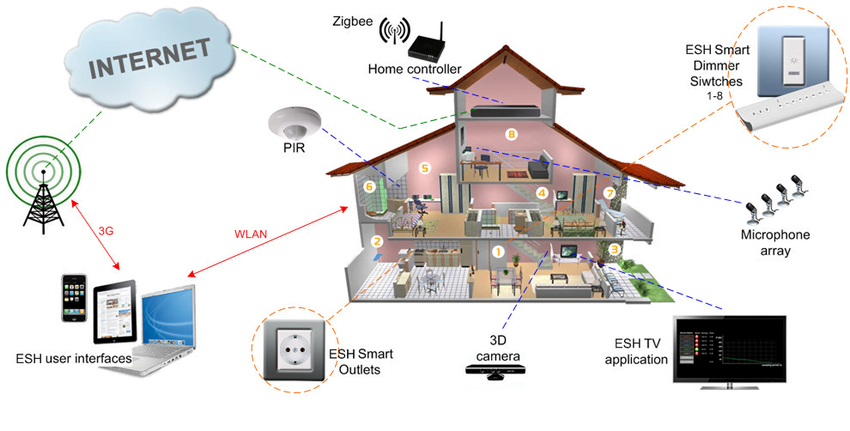

For a seamless smart home experience, device compatibility and integration are essential. Smart home hubs and controllers facilitate this by serving as central points of control. Examples of popular ecosystems include Apple HomeKit, Google Home, and Amazon Alexa, each offering unique features and compatibility with various devices.
Image Suggestion: Diagram showing integration of different smart home devices into a single ecosystem.
4. Setting Up Your Smart Home
Choosing the right ecosystem is the first step in setting up your smart home. Whether you opt for Google, Amazon, or Apple, it’s important to ensure all your devices are compatible. Follow these steps to set up your devices:
- Select your smart home hub or controller.
- Install and configure your smart devices according to the manufacturer’s instructions.
- Create routines and automation for seamless operation.
- Regularly update your devices to ensure security and functionality.
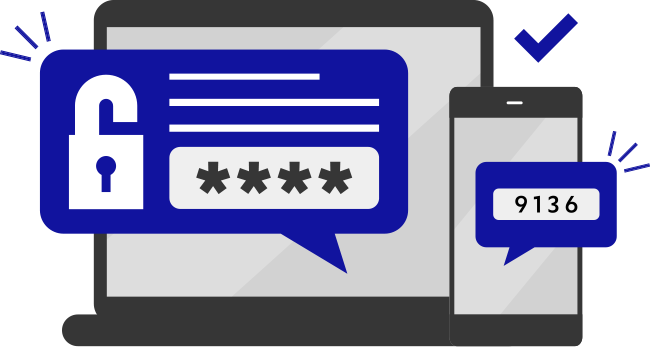

For security and privacy, always use strong passwords, enable two-factor authentication, and keep your devices’ firmware updated.
5. The Benefits of a Smart Home


Convenience and Automation Smart home technology simplifies daily tasks through customizable routines and automation, making life more convenient.
Energy Efficiency and Cost Savings Smart devices reduce energy consumption and lower utility bills, contributing to environmental sustainability.


Enhanced Security Real-time monitoring and alerts, along with remote access and control, enhance home security.
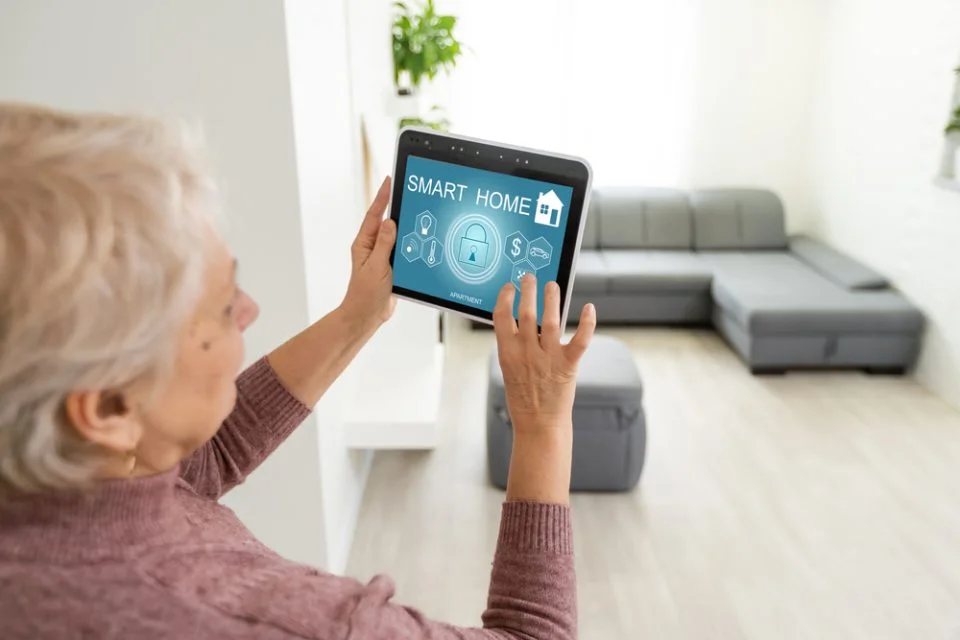

Accessibility and Comfort Smart home technology assists elderly and disabled individuals, improving their quality of life and home comfort.
6. Smart Home Technology for Different Living Spaces
Living Room and Entertainment Enhance your living room with smart entertainment systems, lighting, and voice assistants.
Kitchen and Appliances Smart kitchen appliances streamline cooking and meal preparation.
Bedroom and Wellness Smart lighting, thermostats, and wellness devices create a comfortable and healthy bedroom environment.
Bathroom and Water Management Smart faucets, showers, and water management systems improve bathroom efficiency and convenience.
7. The Future of Smart Home Technology
Upcoming trends in smart home technology include integration with renewable energy sources, advancements in AI and machine learning, increased interoperability and standardization, growth of the Internet of Things (IoT), and emerging technologies like 5G and edge computing.
8. Challenges and Considerations
Privacy and Security Concerns Ensure data protection and address vulnerabilities by using secure devices and networks.
Cost of Implementation While the initial investment in smart home technology can be high, long-term savings are significant.
Technical Complexity Installation and maintenance can be complex, requiring user education and support.
User Learning Curve Adapting to new technology may require time and effort, but the benefits are substantial.
9. Conclusion
Smart home technology has the potential to transform how we live, offering convenience, efficiency, and security. Embracing this technology can significantly enhance your quality of life, making everyday tasks easier and your home more comfortable and secure.
